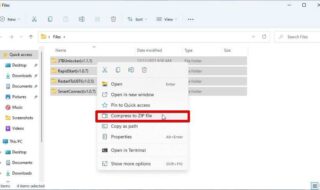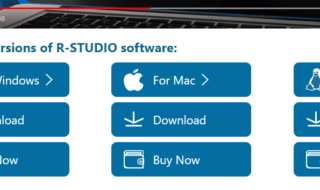What is most important when developing a website? Responsive web design menu! If navigation through the pages is difficult or inconvenient, the user will close the site in annoyance. Such a visitor will definitely not return to your resource and become your client. The main task of a web developer is to create a simple and intuitive interface. At the same time, the site must be stylish and modern. Fast page loading is a must. You can find more trends at fireart.studio/blog/6-huge-trends-for-navigation-menus-in-web-design. In this article, we will go into detail about the types of website navigation. You will also learn how to choose the right navigation styles for your industry.
Contents
This option demonstrates a website menu options with the following components:
- Static scenes;
- Virtual conversations;
- Interactive videos.
This type of menu combines the standard features of most sites with interactive special effects. The problem with most of these solutions is incompatibility with unpopular browsers. Proper implementation will require highly qualified developers and additional financial investments in the project. Provided that everything is done technically correctly, such a site will definitely not go unnoticed!
Static sidebar navigation is great if you need to scroll down the main page. The user can return or switch to another menu item at any time. With the right approach, the most important links or sections of the site are placed on a fixed panel. This option is very convenient for blogs or news portals.
Parallax is a visual change in the position of an object relative to the general background. The picture changes depending on the user’s eye level (information from https://en.wikipedia.org/wiki/Parallax). This type of navigation is based on graphics. When you hover over the desired area, it approaches and additional hints appear. In this case, the rest of the menu items remain in sight.
This design technique is often used for corporate websites. The menu looks stylish and dynamic. At the same time, all sections and important links are grouped in the center of the page. If the web designer has arranged all the elements correctly, any new user can easily find the information they need. This solution looks spectacular when using strict graphics and clear geometric lines.
The hidden navigation bar is one of the hottest web design trends. In the period when this menu option just appeared, most users did not appreciate it. More than half of website visitors did not know how to open the menu. They were forced to wander around the monitor looking for clues. However, modern users already intuitively feel in which area of the screen the menu can be hidden. Smartphone users have also appreciated this technology. On a small screen, any unnecessary elements greatly interfere with the perception of information. But with every touch of your finger on the smartphone, the hidden menu immediately appears. Then the desired element can be easily activated with a second touch or mouse click.
Conclusions
Best navigation bar is a subjective concept. Each of the popular types of website menus has advantages and disadvantages. The optimal choice depends on the personal wishes of the site owner, as well as on the area of business. For some categories of sites, certain types of navigation are more convenient than others.



